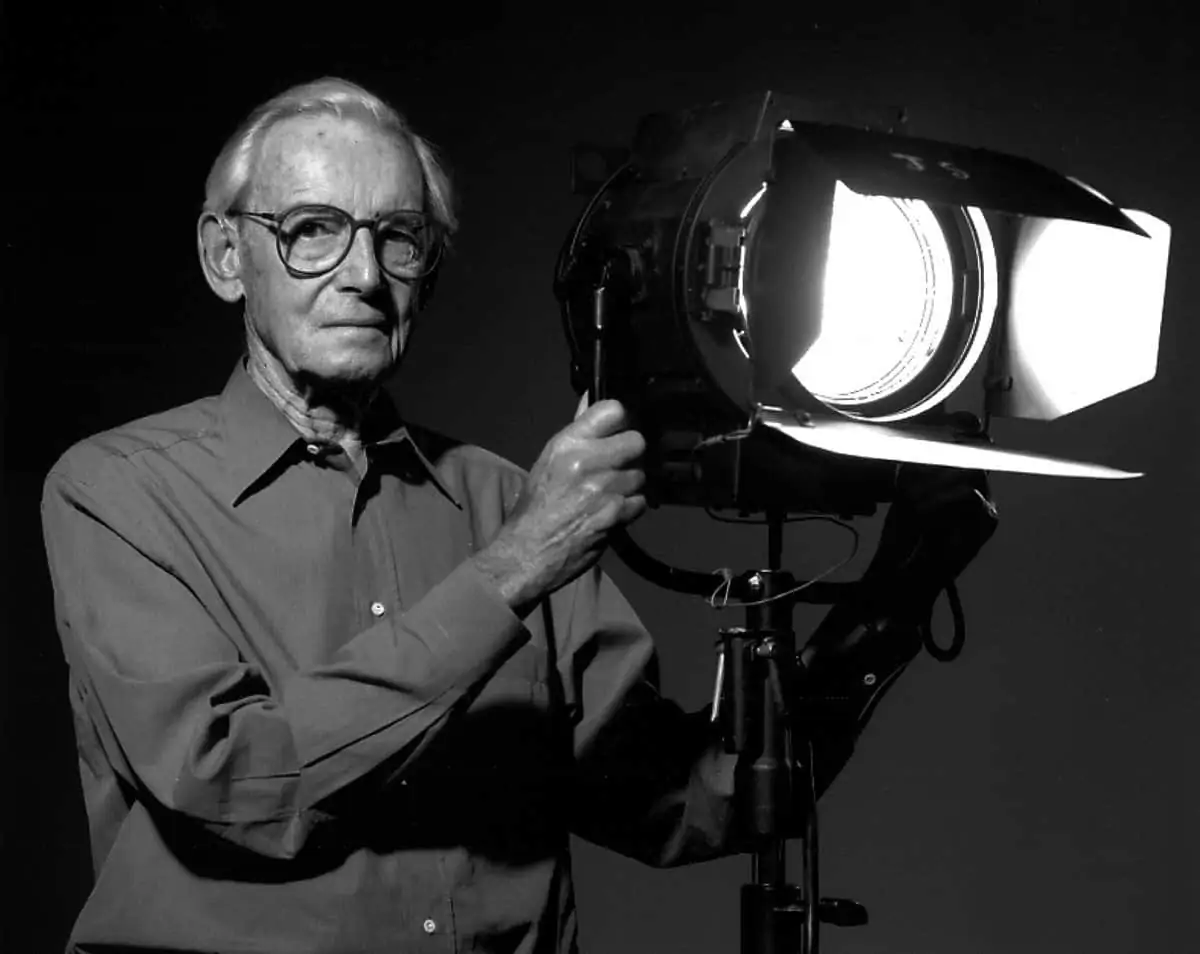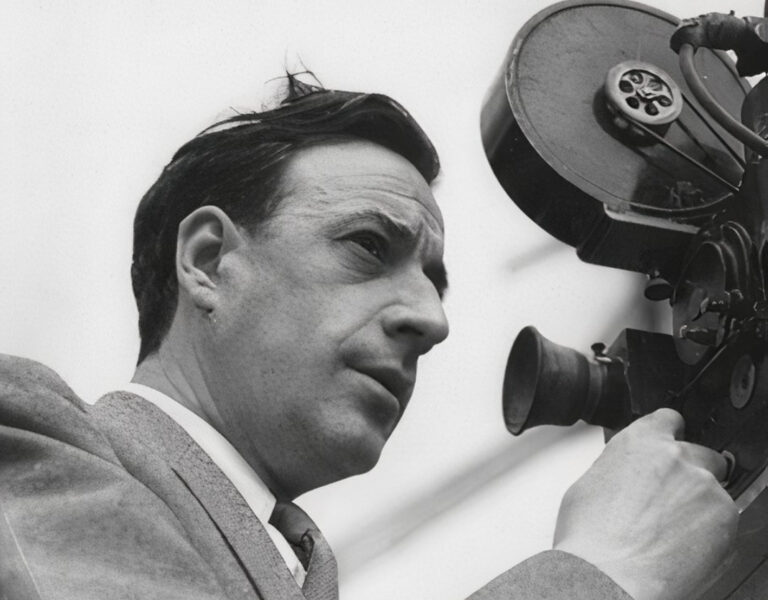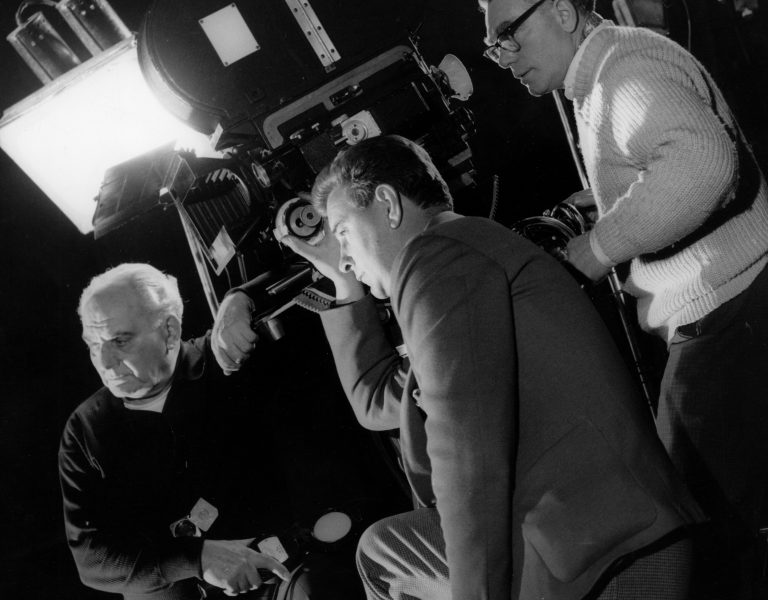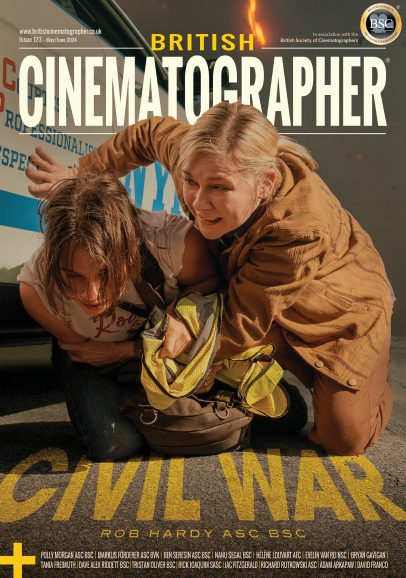SHOT OF A LIFETIME
Academy Award winner and BSC founding member Guy Green OBE BSC found success as both a cinematographer and director.
Born in Frome, Somerset, in 1913, one of Guy Green’s first jobs was assistant projectionist on a passenger liner. He then became a camera assistant for Sound City, making cinema advertisements, and ran a photographic portrait studio in Soho before joining British International Pictures at Elstree in 1933 as a camera assistant.
In the coming years, he worked his way up to operator. One of his first credits was Radio Parade of 1935 (dir. Arthur B. Woods, cin. Cyril Bristow and Phil Grindrod). In 1941, he operated on One of our Aircraft is Missing directed by Michael Powell and Emeric Pressburger and then Noel Coward’s In Which We Serve (1942 co-directed by David Lean). Green and Lean hit it off and were to work together again on the Technicolor film, This Happy Breed (1944). All three films were photographed by Ronald Neame CBE BSC.
That same year, he became director of photography on Carol Reed’s The Way Ahead, and reteamed with David Lean for Great Expectations (1946) for which he won an Oscar for black-and-white photography – the first British cinematographer to do so.
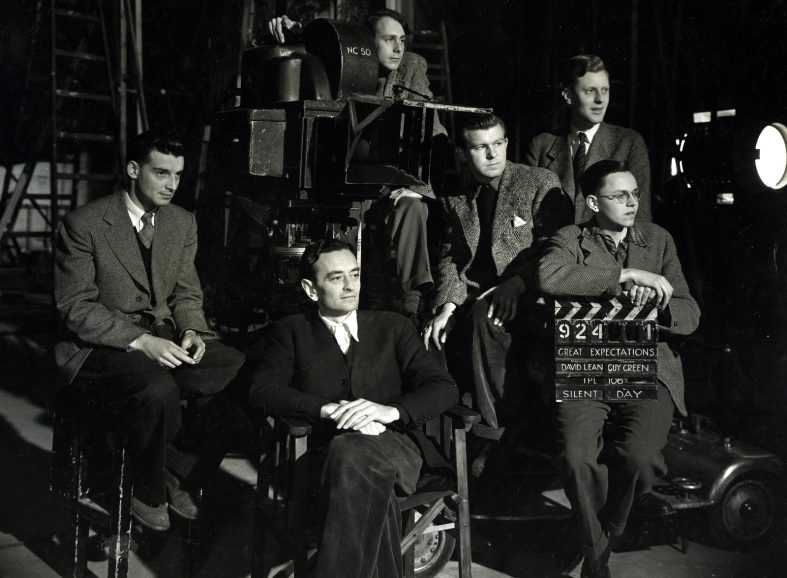
Green worked in Technicolor for the first time on Blanche Fury (1947, dir. Marc Allégret), but returned to monochrome for Oliver Twist (1948), again directed by David Lean. He considered it his best work: “It was about grim, dirty interiors and I used a lot of diffused light, something which has become fashionable now with colour. I tried to get the effect of light coming through small dirty windows, and it had a kind of richness of its own.”
He shot two more films for David Lean: The Passionate Friends (1949) and Madeleine (1951); both starred Ann Todd, (Lean’s then-wife), and both told stories of adultery. For the latter, Green said he was influenced by Lee Garmes ASC’s low-key lighting on the Josef von Sternberg-Marlene Dietrich films including Shanghai Express (1932).
After shooting a couple of Hollywood action pictures in Britain, Captain Horatio Hornblower RN (1951, dir. Raoul Walsh) and Rob Roy: The Highland Rogue (1953, dir. Harold French) as well as an adaptation of Christopher Isherwood’s Goodbye to Berlin stories I Am a Camera (1955, dir. Henry Cornelius), Green decided to move into directing.

Guy Green OBE BSC’s career spanned both cinematography and directing
Amongst his directing credits are the BAFTA-nominated The Angry Silence (1960, cin. Arthur Ibbetson BSC) and A Patch of Blue (1965, cin. Robert Burks ASC) which garnered a Golden Globe nomination.
He was a founding member of the BSC and its President from 1952-54. He passed away in 2005.
Green’s other credits as cinematographer include: The Beggar’s Opera (1953), Decameron Nights (1953), Night Without Stars (1951), and The Warriors (1955). As director: SOS Pacific (1959), The Mark (1961), Light in the Piazza (1962), A Walk in the Spring Rain (1969), The Magus (1968), and The Devil’s Advocate (1977).
His selected awards for cinematography include: the Oscar for Best B&W cinematography for Great Expectations (1947, dir. David Lean); Locarno International Film Festival’s Best Cinematography award for Blanche Fury (1948, dir. Marc Allégret) – shared with Geoffrey Unsworth OBE BSC; the ASC President’s Award, 2000; BAFTA Lifetime Achievement Award, 2002; and Order of the British Empire in 2004.

